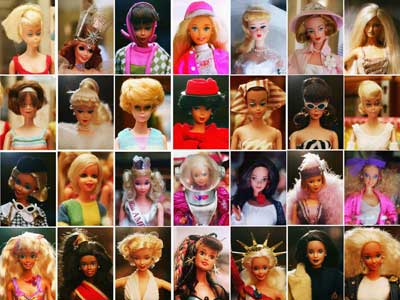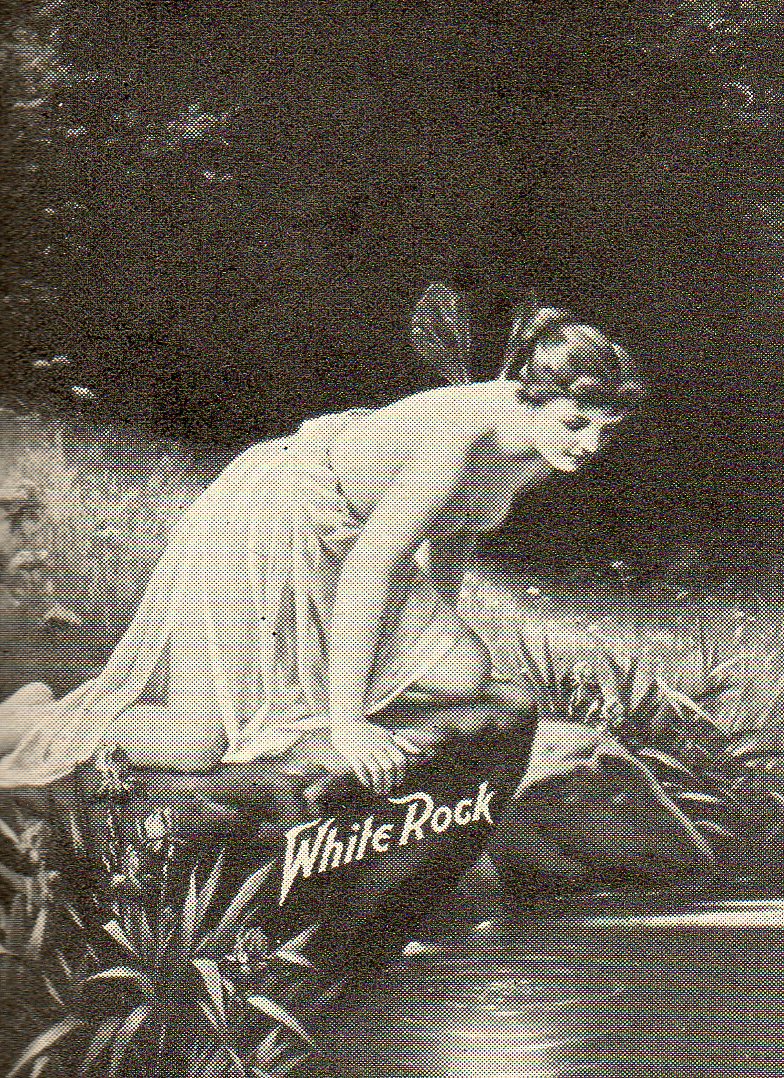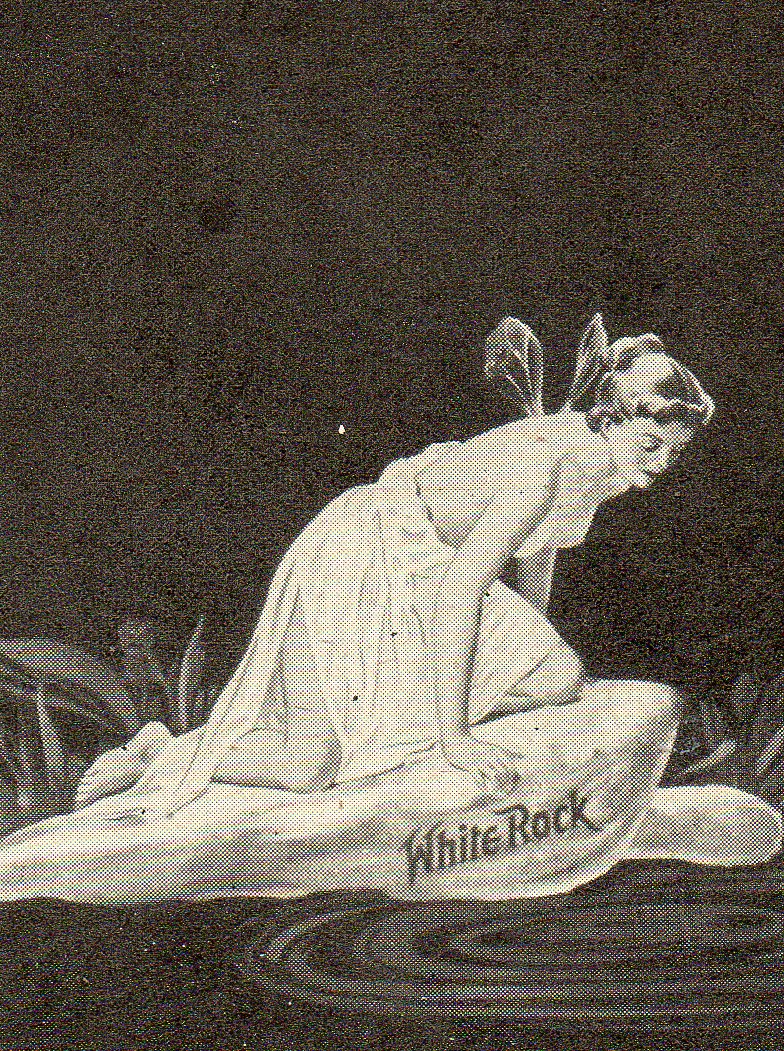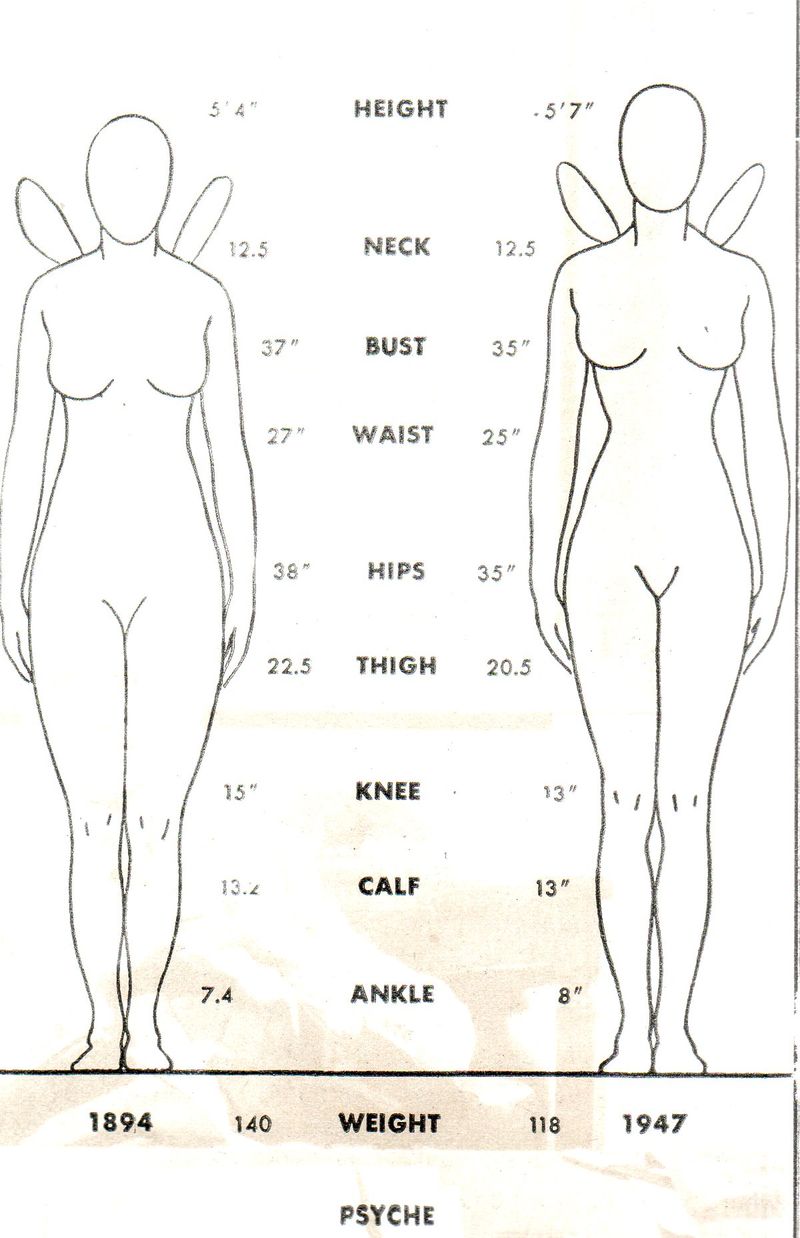JF Ptak Science Books Post 1050
The great beauty of beauty is its great unidentifiable qualities–unidentified that is until they are identified, quantified, signified, geometized, libeling the concept of beauty until it is nothing but a soured criminal contempt.

In an antiquarian sense one way of establishing what “beauty” meant in a particular time is by looking at painting or sculpture, the idealized form representing gods and goddesses of strength and beauty and grace. For more recent times of less idolatry and more commercialization advertisements using images of women to sell whatever product the seller was trying to push on the viewer could also be used as a certain standard of attraction and beauty. (Assuming of course that we are talking about the recent past when images other than the product itself were being used to try and establish a desire and loyalty to the product. In the history of publishing, this is a relatively recent innovation that I think belongs to the 19th century and not before.) In the case of using pretty women, the advertiser was trying to associate their product with a certain sense of beauty, or to at least attract the attention of a lazy reader to look at their coal tar soap because a pretty face was lined up next to it.
Another interesting way of evaluating beauty could be found in the evolution of Barbie Dolls or GI Joes. Or you could consult William Hogarth’s Analysis of Beauty. And many other things of course, that deal with beauty in the human form (and more, or orders of magnitude more, that deal with beauty outside of ourselves, beauty in the forms of architecture or mathematics or the arrangement of sand or whatever).

I’m just going to give beauty 700 words here, or so, and so I’ll concentrate on just one picture of comparative beauty. (I guess that there have been 100 billion words written about beauty, though if you loosened up the definition of what ‘writing about beauty” mean, the number could probably be squeezed up to a trillion, which would mean 4 million books of 250k words each. Probably the 10^10 is a better guess.) As it turns out it is a picture from a story in Life magazine for 30 June 1947 of Psyche–the Greek goddess of the soul–used as the logo for White Rock soft drink company’s mineral water. In general it’s a poor depiction of the goddess, and I’m not so sure that they even had the goddess in mind when the whole thing came into the bottler’s mind (she is after all described as a “sprite” in the LIFE magazine article).
What is of interest is the change in the image of Psyche on the face of the bottle over the years (shown here for 1893, 1924 and 1947) which is graphically depicted with measurement appraisals.

Psyche simply buffed up a little, getting taller, slimming down and generally made to be a little more common. She did loose her nipples in 1947, or at least they became obscured, trailing away from their depiction in 1893. (I once attended a U.S. Supreme Court argument on a case dealing with nipples and pasties and strip clubs. It was a little bizarre, and as my mind wandered I took an interest in the court’s decoration, and particularly the frescoes–which of course included a full-nippled woman, staring down at the court from her height.)

But it struck me that Psyche was simply becoming a more-generic depiction of beauty, which reminded me of this odd bit of beauty sanitizing prevalent among the wealthy of today, or at least among those–actors and advertising types–whose image helps set the stage for the beauty standard. Now it is possible to vastly augment your appearance via surgical procedures to the common standard of what has been established as “beautiful”. And the end result of this is that there is merging a certain sameness among the people whose faces everyone seems to know, and whose appearances change the way people think of beauty. I find it striking that someone (for example) like the actor Sharon Stone would turn her face into a common mask of someone else entirely, closing the ranks of differentiation in what is presented to mass market audiences as “beauty”. Everyone is starting to look like everyone else, or so at least among movie actors.
And so it is perhaps finally appropriate that I chose Psyche to discuss here, because if the actors tend towards these procedures more and more, they’ll all be wearing the same sort of frozen mask that their ancient Greek precursors used to wear when in performance.
The Fine Print

The History of Ideas Blog by John Ptak is licensed under a Creative Commons Attribution-Noncommercial-No Derivative Works 3.0 United States License.
Based on a work at longstreet.typepad.com.
Permissions beyond the scope of this license may be available at http://www.thesciencebookstore.com.
Main | The Emptiness of Gun Porn: Burlesque Dancers as Game, 1947 »
The comments to this entry are closed.
Recent Posts
- On Getting "E=mc^2" Wrong, Twice in 1.5 Square Inches
- Colossus in the Colosseum
- Birds and Human Flight
- Cross-Section of an Arctic-Exploring Balloon, 1890
- The Goubet Submarine, 1886
- A Monumental and Fantastically Bad Idea: Lowering the Mediterranean (1929)
- Two Uncommon Crowd Scenes, 1932 and 1945.
- Mathematical Exercises and Found Art
- Bridges Never Built: the Hudson River Bridge (Midtown) 1896
- An Episode in Antiquarian Depiction of Upside Down Things (1506)
Categories
- Absurdist, Unintentional (726)
- Alphabets (68)
- American History: Western Exploration & Native Americans (60)
- Anticipation, History of (407)
- Architecture and Building (239)
- Art (54)
- Art History (342)
- Astronomy (162)
- Atlas of Dead Ideas (36)
- Atomic and Nuclear weapons (181)
- Aviation & flight (296)
- Bad Ideas (504)
- Beautiful books (31)
- Biology (12)
- Blank and Empty Things; A History of (362)
- Books--Great Cover Art (57)
- Books--title pages, beautiful (35)
- Books: Great & Lost in the Dust (25)
- Books: Title Pages, Unusual (31)
- Boredom, History of (11)
- Brevity and Complexity (51)
- Calculating (59)
- Chemistry, history of (16)
- Children's Art (23)
- Circles, Geometry (6)
- Color & its advanced Abuses (31)
- Color Theory (33)
- Computer Tech/History (130)
- Contraries (11)
- Cross-Sections (51)
- Daily Dose from Dr. Odd (84)
- Economics (8)
- Electro-LUXurious (21)
- Exploration (3)
- Fantastic Beasts and Tales (9)
- Fantastic Titles (45)
- Fear, History of (21)
- Future Punk (27)
- Future, History of the (312)
- German Design (14)
- Histories of Smallness (30)
- History (2)
- History of Dots (72)
- History of Goodbye (61)
- History of Holes (68)
- History of Lines (83)
- History of Memory (32)
- History of Nothing (47)
- History of the Future (346)
- How Fast Stuff Is. (3)
- Iconography (80)
- Imaginary and Impossible, Museum of the (14)
- Impossible Books (35)
- Industrial & Technological art (171)
- Information, Quantitative Display of (618)
- Inventions (66)
- Lines, History of (36)
- Literature (2)
- Magnifcent Mundane (14)
- Manuscripts (6)
- Maps, Cartography, History of Mapmaking (250)
- Maps/Diagrams of Imagination & Ideas (174)
- mathematics, logic (111)
- Medicine, History of (180)
- Memory, Historry of (12)
- Militaria (476)
- Mistakes, The Importance of (7)
- Music (12)
- Mythology (14)
- Naming Things (147)
- Outsider Logic (98)
- Patents (59)
- Perception (187)
- Perspective (199)
- Photography (144)
- Photography, history (69)
- Physics (115)
- Picture Post/Image Dump (5)
- Piles, History of (1)
- Politics, American (3)
- Poster Series (5)
- Prints--looking HARD/deeply at (279)
- Propaganda (55)
- Psychology (20)
- Questionable Quidity (26)
- Reference Tools (39)
- Science (7)
- Social History (292)
- Sports (5)
- Statistics--Fossil, Found, Odd, Forgotten (29)
- Strange Things in the Sky (41)
- Tech-Quiz (15)
- Technology, History of (838)
- Title Page Art, Beautiful (32)
- Travel (3)
- What is It? (14)
- Women, History of (98)
- WORD art (15)
- World War I (247)
- World War II (56)
- Writing Systems (8)
- You Are There (6)
- Zoomology (25)



Comments